This section provides guidance on planning and design considerations for bus driver facilities.
Different driver facilities are required to serve different types of bus layovers depending on how long the driver will be stationed at the layover and whether a meal break will be taken.
Summary of driver facility provision based on break types to take at layovers
|
Driver facility |
Short break (wait or rest break, generally up to 15 minutes in duration) |
Meal break (generally 30 minutes in duration) |
Long break (in-between shifts, often inter-regional)* |
|
Toilets (Refer to the following section for further details) |
Essential/ |
Essential |
Essential |
|
Showers and changing facilities |
Optional |
Recommended |
Recommended |
| Hot water (Hot water can support driver comfort. The Building Code stipulates statutory requirements) |
Optional |
Essential |
Essential |
|
Lockers |
Optional |
Recommended |
Recommended |
|
Cooking facilities – kettle, microwave, toaster |
Optional |
Essential |
Optional |
|
Dining facilities – tables and chairs |
Optional |
Essential |
Optional |
|
Comfortable seating (couches) |
Optional |
Recommended |
Recommended |
|
Exercise equipment |
Optional |
Optional |
Optional |
|
Quiet/prayer room |
Optional |
Optional |
Optional |
*Recommended facility provision may vary based on context of facility reflecting the likely desired usage, for example, whether or not meals are likely to be consumed in the venue or not.
G12 Water supplies(external link)
Of the driver facilities outlined above, the most basic yet important facilities are toilets. Access to good-quality toilet facilities is a key factor for driver health, wellbeing and satisfaction, and is recommended for all layover spaces and essential for some use profiles. Ensure that toilets are of a quality and design that would be comfortable for a range of demographics including, for example, female or gender diverse bus drivers. The Ministry of Education offers a useful resource for toilet and changing space design.
Toilet & Changing Space Design for Schools(external link)
Where driver rest or meal breaks are taken at the layover space, access to toilets is essential. This can be a designated driver-only toilet facility, a nearby public toilet facility or an arrangement to use nearby private toilet facilities (such as petrol stations).
For private toilet facilities it is recommended that the public transport contracting authority or operator enter into a formal arrangement with the facility owner to ensure continued access to these facilities. Consideration could be given to issuing keys to public transport operators if opening hours for public or private toilet facilities differ from public transport operating hours. Safety precautions should also be considered in these situations as late timetables can place a driver in an isolated or unmanaged facility or area.
It is recognised that many suburban bus layover locations do not currently provide access to nearby toilet facilities.
Methods to install toilets whilst maintaining residential amenity values can include:
If it is not possible to provide driver toilet facilities at, or near, bus layovers then other responses may be considered, such as changing the design of a bus route, changing the scheduling or bringing drivers back to the depot. It is generally preferable to provide toilet facilities at layovers though as these other responses can be associated with increased out of service running, non-optimal routing and thus long-term operating costs (and other externalities) which need to be fully considered.
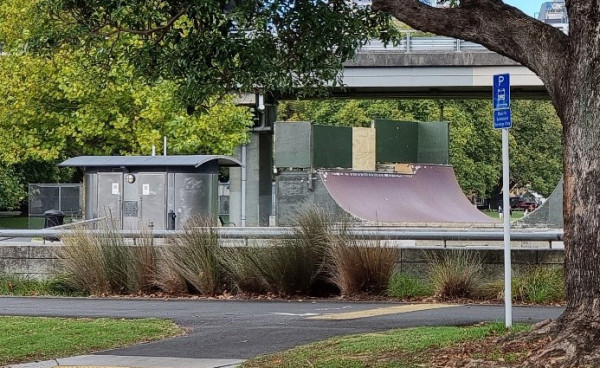
Example of toilet facility adjacent to bus layover which has been incorporated into Victoria Park, Auckland. (Source: Thomas Chu).
Driver facilities (including toilets, showers, kitchen, dining facilities and lockers) may be contained within a designated area of a public transport interchange or as a separate building. The advantage of locating all driver facilities within one area is that it can be separated from the public areas and is more convenient for drivers.
Examples of driver facilities (Source: Auckland Transport)
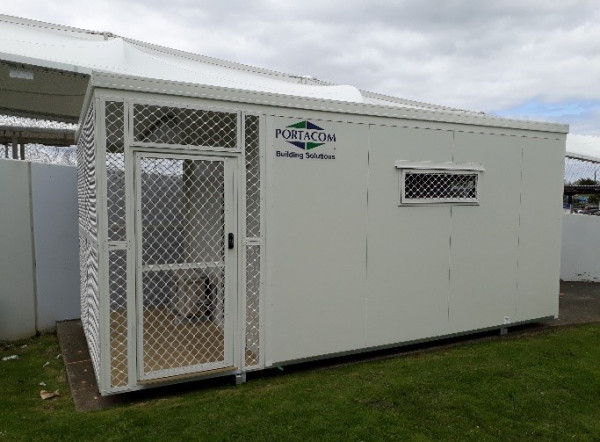
Driver facilities contained within separate building.
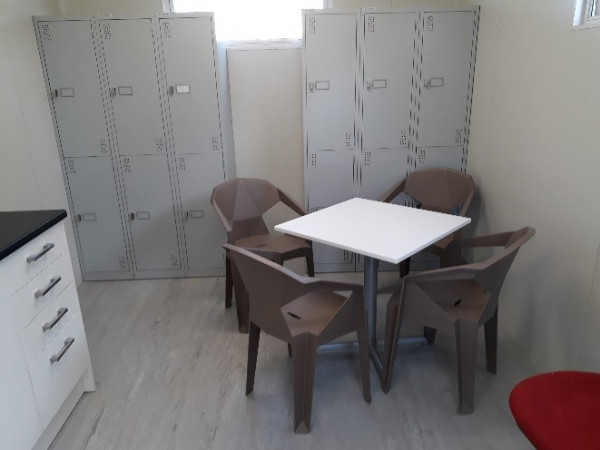
Amenities can include dining facilties, lockers and kitchen.
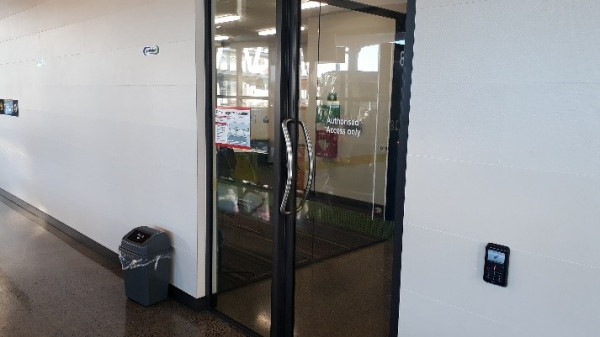
Driver facilities located within public transport interchange.
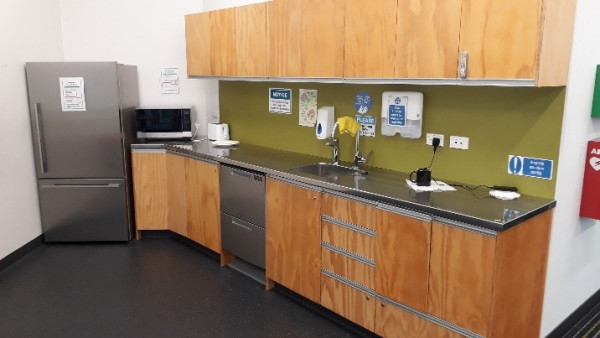
Kitchen amenities at the driver facilities within public transport interchange.
Due to space and consenting constraints it may be necessary to locate driver facilities separate from layover spaces. If the driver facilities are in a separate location, then the walk time to and from the driver facilities needs to be considered in the scheduling of driver breaks. Driver facilities need to be in a convenient location for bus drivers and therefore the recommended maximum distance between bus layovers and driver facilities is 300m.
As noted in the bus layover section, safety and security are paramount in location planning. Bus services may operate late into the night and bus drivers are sometimes required to carry cash boxes as part of their job. Where the layover spaces and driver facilities are separated, the safe movement of drivers to and from the driver facilities needs to be considered. This could include provision of well-lit walkways (because driver facilities will be used after dark) and safe crossings of streets. Security cameras may be worth considering.
Like layovers, driver facilities should also be located in areas with good visibility and lighting to minimise the opportunity for crime and enhance feelings of safety (example image below).

Example of driver facilities in Lower Albert Street, Auckland, located to be clearly visible. (Source: Thomas Chu.)
In order to minimise the potential impacts on amenity from driver facilities, the following should be considered: